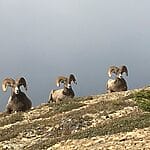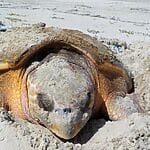11 Interesting Animals in Yellowstone National Park – You Might Not Know
Yellowstone National Park, established in 1872, is a sprawling wilderness wonderland that spans Wyoming, Montana, and Idaho, making it the first and oldest national park in the world. While Yellowstone is renowned for its geothermal features like geysers and mammoth hot springs, it is also home to a diverse array of interesting animals.
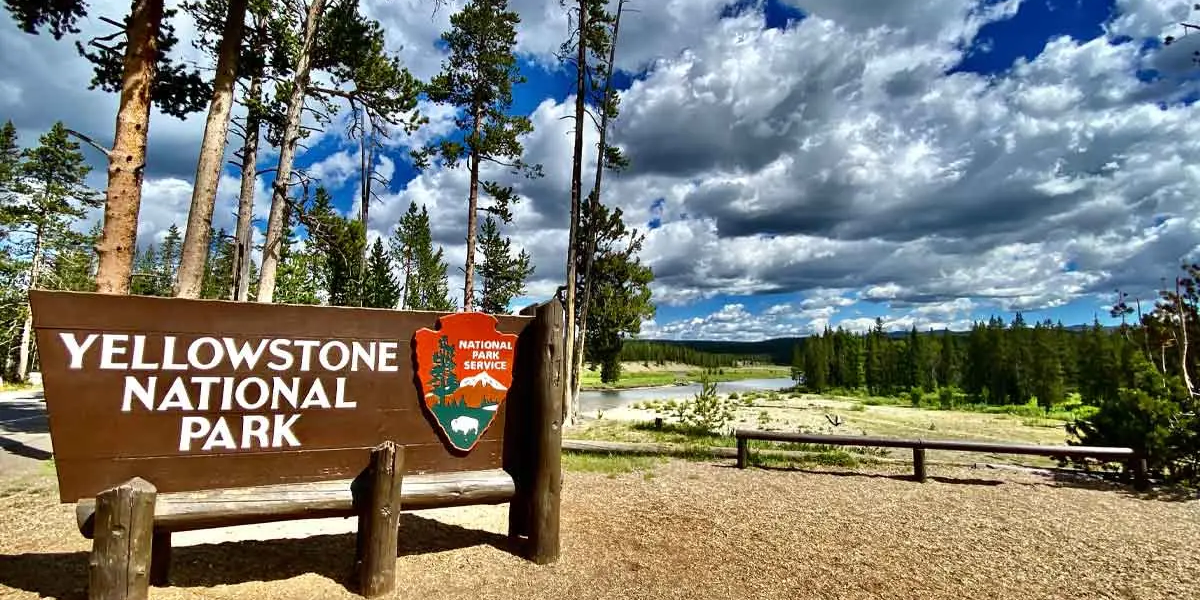
Moreover, Yellowstone’s Lamar Valley is often hailed as the “Serengeti of North America,” offering prime wildlife viewing opportunities. Visitors can witness a vast variety of interesting animals in Yellowstone National Park like the majestic elk, and the swift pronghorn.
Bird enthusiasts can also spot many interesting birds in Yellowstone National Park, such as bald eagles, ospreys, and trumpeter swans.
This national park is popular for spotting Bison, there are around 300 species of birds, 16 fish species, 5 species of amphibians, 6 species of reptiles, 67 species of mammals, and seven native ungulate species.

Do you know?
Yellowstone is also home to the elusive gray wolf. After facing near-extinction in the region, efforts to reintroduce wolves to the park in the 1990s have been successful. Presently, the wolf packs of Yellowstone contribute to the park’s ecological balance, preying on elk and deers.
Popular tourist activities include hiking through geothermal areas, viewing wildlife, and admiring the Grand Canyon of Yellowstone with its waterfalls and vibrantly colored canyon walls.

11 Interesting Animals in Yellowstone National Park – (With interesting Pictures)
Yellowstone National Park is home to a diverse array of wildlife, showcasing the resilience and adaptability of many interesting animals in the Yellowstone region. In this blog, we have gathered 11 most interesting animals in Yellowstone National Park.
Elks (Cervus canadensis) – Large Mammals in Yellowstone National Park
The elk is the most abundant large mammal found in the Yellowstone National Park. They thrive in diverse ecosystems across North America. These interesting animals in Yellowstone inhabit different habitats such as forests, grasslands, and mountainous regions.
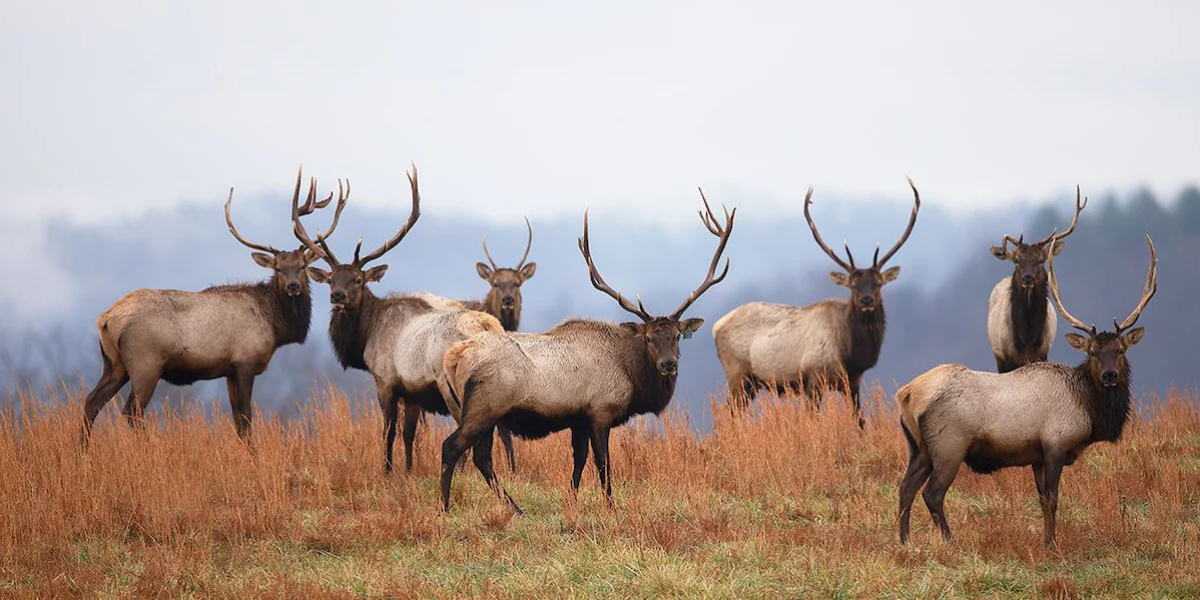
Elks are also found in countries such as the United States, Canada, and parts of Mexico, elk populations are particularly prominent in Yellowstone National Park. The best season to spot elk in their natural habitat is during the fall rutting season, typically from September to October.
During this period, they produce iconic bugling calls and engage in mating rituals. Moreover, the status of these populations may vary based on specific ecological factors, habitat conditions, and human impacts.
Typically, many elk populations in North America, including those found in Yellowstone National Park, are listed as “Least Concern” on the IUCN Red List of threatened species. However, regional populations face threats such as habitat loss, competition with livestock, and predation.
Yellowstone Bison (bison Linnaeus)
Yellowstone Bison, one of the most interesting animals in Yellowstone National Park, thrive in a habitat encompassing grasslands, meadows, and river valleys. Their natural range extends beyond the park’s borders into the United States and parts of Canada.
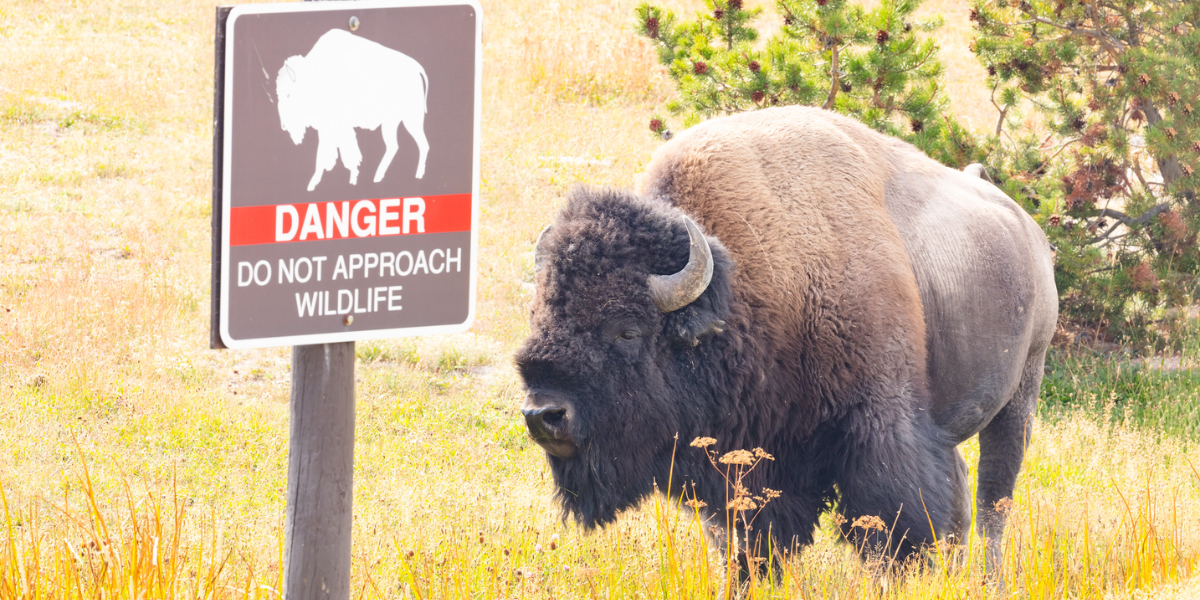
Additionally, the best time to spot Yellowstone Bison is during the late spring and early summer when they give birth to calves and migrate to lower elevations for abundant forage.
The breeding season, or rut, for Yellowstone Bison, occurs in late July through early August, with males engaging in intense displays of dominance to secure mating opportunities.
On the IUCN red list of threatened species, the Yellowstone bison are listed as “Near-Threatened,” their population is facing threats, including habitat fragmentation and disease transmission.
Mountain Lions (Puma concolor)
Mountain lions are interesting animals in Yellowstone national park. In Yellowstone National Park, Mountain lions thrive in various ecosystems, including mountains, forests, and deserts, showcasing their adaptability.
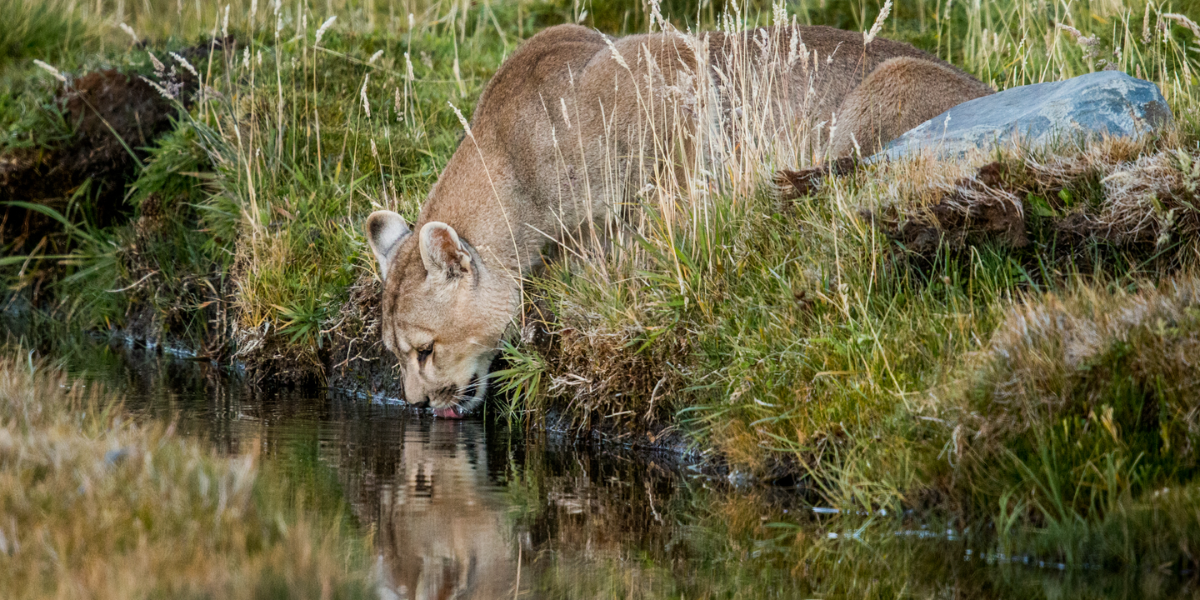
The mountain lions are also found in the United States, Canada, Mexico, Brazil, and Argentina host populations of mountain lions. While these solitary and elusive cats are present year-round. The best season to spot them is during winter when reduced foliage improves visibility.
The breeding season, or rut, typically occurs in late winter to early spring, with females giving birth to litters of one to six kittens after a gestation period of around three months. Despite their widespread distribution, mountain lions face conservation challenges.
The mountain lion species is classified as a species of “Least Concern” on the IUCN Red List, their populations are relatively stable. However, habitat fragmentation, human-wildlife conflict, and hunting pose significant threats.
Bighorn Sheep (Ovis canadensis)
Bighorn Sheep are interesting animals in Yellowstone National Park, and inhabit the rugged mountainous terrain of North America, showcasing their remarkable adaptability to challenging environments.
These majestic creatures can be found in countries such as the United States and Canada, particularly in regions with cliffs and rocky landscapes.
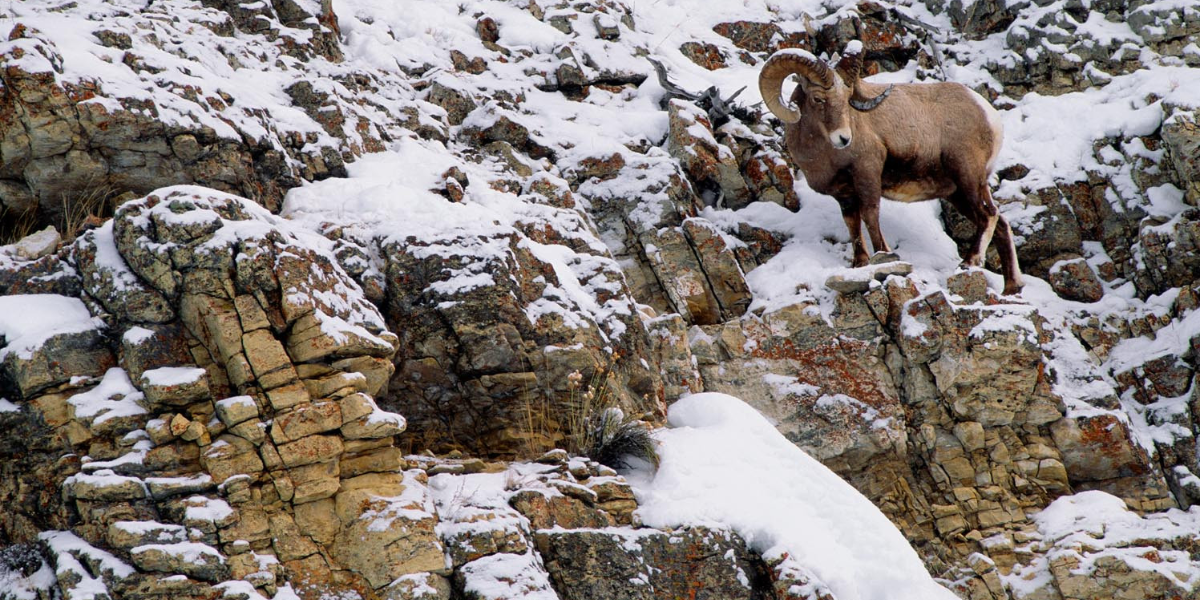
In Yellowstone National Park, the best season to spot Bighorn Sheep is during late fall and early winter when they descend to lower elevations in search of forage. The breeding season, or rut, for Bighorn Sheep typically occurs in late fall.
During this time, males engage in intense battles for dominance, showcasing their impressive curved horns. Despite their resilience, these animals face challenges, and are listed as “Least Concern” on the IUCN Red List.
Some major threats to their population include habitat loss, disease transmission from domestic sheep, and climate change impacts.
Moose (Alces alces)
These are the most interesting animals in Yellowstone National Park. Moose are primarily found in the boreal and deciduous forests of North America, Europe, and Asia. In North America, they inhabit regions such as Alaska, Canada, and parts of the northern United States.
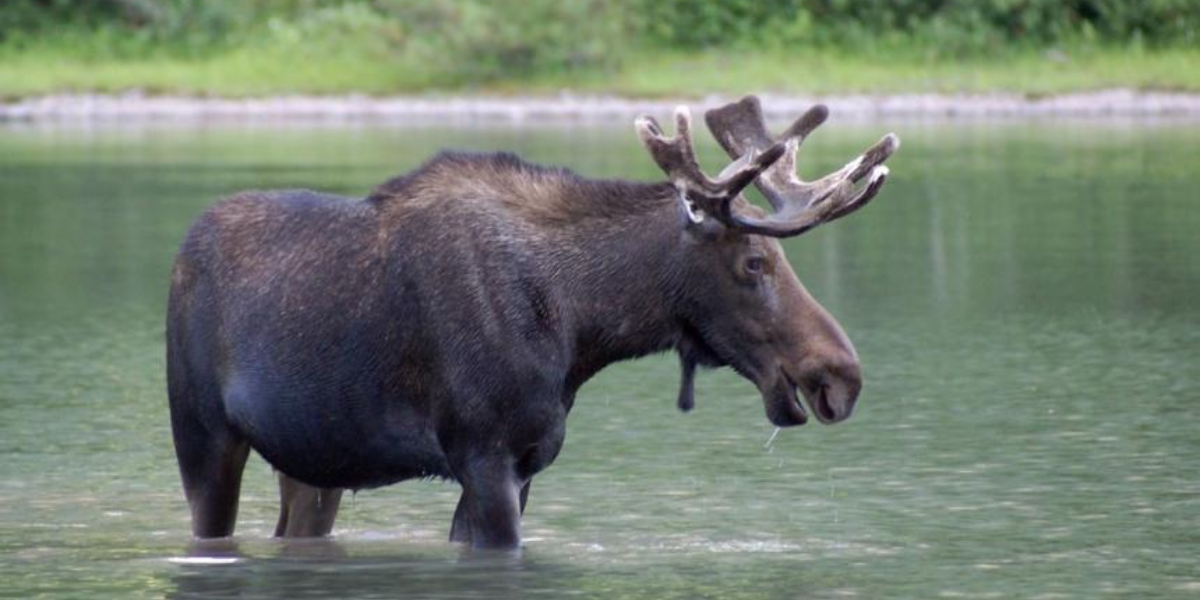
These are the largest members of the deer family and their natural habitat includes dense woodlands near lakes, rivers, and marshes, providing an environment rich in aquatic vegetation, which forms a significant part of their diet.
The best season to spot moose in their natural habitat is during late spring and early summer in the Yellowstone National Park, usually roaming alone, or in very small family groups. This period coincides with the breeding season, also known as the rut, when moose are more active and visible.
During this time, male moose engage in impressive antler displays to establish dominance and attract mates. On the IUCN red list of threatened species, the Moose are listed as “Least Concern.”
Moreover, they face threats such as habitat loss due to logging and urbanization, climate change affecting their preferred environments, and predation by wolves.
Mule Deer (Odocoileus hemionus)
Mule deers inhabitants of Yellowstone National Park, thrive in diverse ecosystems across North America. Their natural habitat spans from the western regions of the United States and Canada down to Mexico.
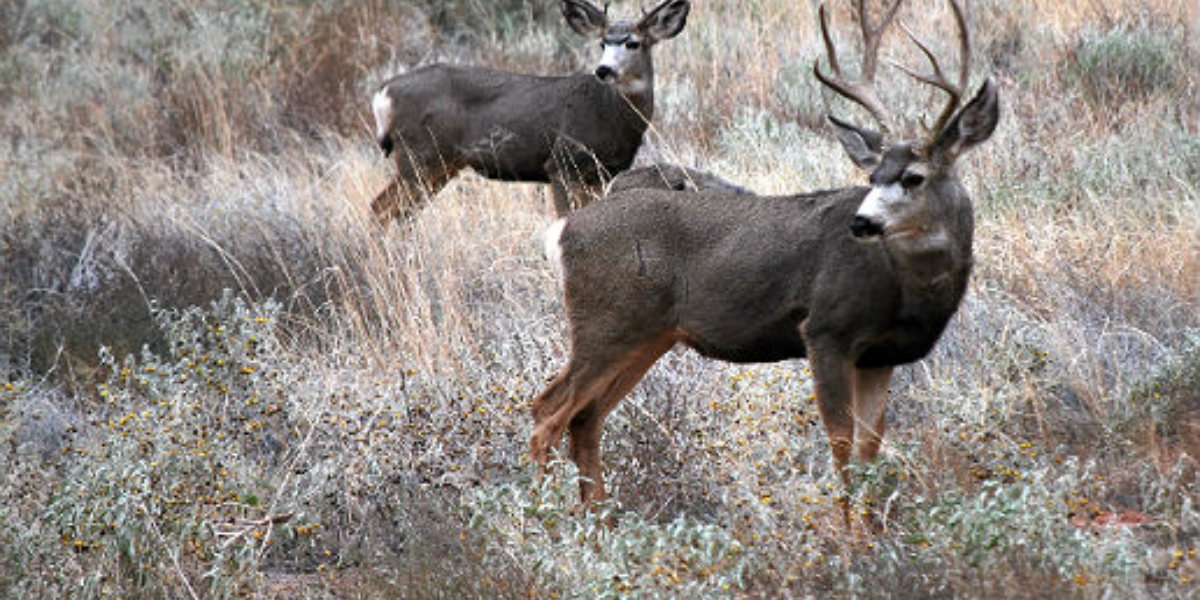
These interesting animals in Yellowstone display remarkable adaptability, residing in various landscapes, including mountains, deserts, and grasslands. The best time to spot mule deer in their natural habitat is during the fall, particularly in October and November.
This period aligns with their breeding season, known as the rut, when males vigorously compete for mates, showcasing impressive antler displays and vocalizations. On the IUCN red list of threatened species, they are classified as “Least Concern.”
However, their populations face challenges due to habitat fragmentation, urbanization, and climate change, impacting migration routes and available forage.
Grizzly Bears (Ursus arctos horribilis)
Grizzly bears are among the interesting animals in Yellowstone National Park, and inhabit various ecosystems across North America, including the United States and Canada. Their natural habitat encompasses forests, mountains, and tundra, where they forage for vegetation, berries, and fish from rivers and streams.
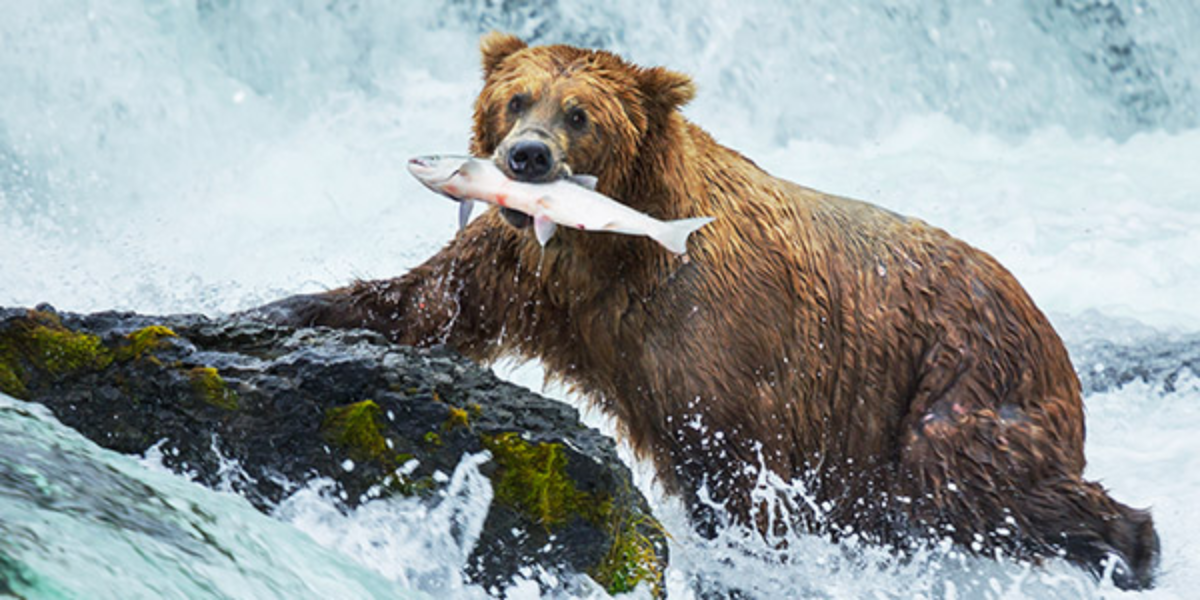
The best season to spot grizzly bears is during late spring and before summer, as animals tend to migrate to higher elevations to fight against the heat. Moreover, their breeding season, or rut, is when males actively seek out females for mating.
On the IUCN Red List of threatened species, grizzly bears are listed as “Least Concern,” However, these wild animals are facing significant threats due to habitat loss, climate change, and conflicts with humans.
Due to their unique ecological contributions, the grizzly bears play a crucial role in the Greater Yellowstone Ecosystem. As omnivores, they exhibit a diverse diet that includes berries, plants, insects, and occasionally larger mammals.
This varied diet influences vegetation growth and helps control herbivore populations, preventing overgrazing and promoting plant diversity.
Black Bears (Ursus americanus)
The black bears are one of the most interesting animals in Yellowstone National Park. They inhabit dense forests, swamps, and mountainous regions, showcasing remarkable adaptability. Black bears are also found in the United States, Canada, Mexico, and even parts of Central America are home to these intriguing animals.
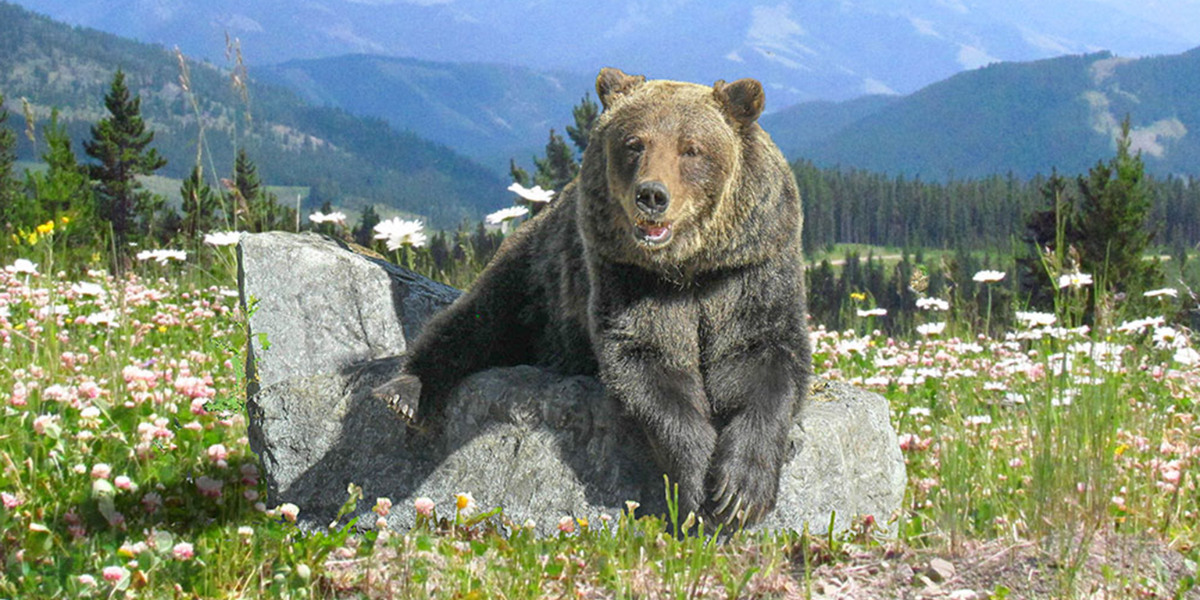
The best season to spot them is during spring and summer when they actively forage for food. During this period, bears are actively foraging for food after emerging from winter hibernation.
Unfortunately, despite their widespread distribution, black bears are facing numerous threats, including habitat loss, human-wildlife conflict, and illegal poaching. On the IUCN Red List the black bears are listed as “Least Concern,” yet ongoing conservation efforts are crucial to preserving their populations.
What is the difference between black and grizzly bears?
You can differentiate them by their physical appearance. The Black bears have a shiny black coat, while grizzlies exhibit a more grizzled appearance, often with light-tipped fur.
Another key difference between them is their shoulder hump; grizzly bears have a pronounced shoulder hump, on the other hand it is absent in black bears.
Gray Wolves (Canis lupus)
Gray wolves are interesting and social animals, which was hunted to extinction in the Greater Yellowstone ecosystem. But after the successful conservation efforts and reintroduction of this species they are now thriving in diverse ecosystems ranging from forests and tundra to grasslands.
In the United States, gray wolves can be found in states like Montana, Idaho, and Wyoming, including Yellowstone. Gray wolves population is also found across North America, Europe, and Asia.

The best season to spot gray wolves in their natural habitat is during winter, as their distinctive tracks become more visible in the snow.
Despite their resilience, gray wolves face significant threats, resulting in their “Least Concern” status on the IUCN Red List. Some major threats to their population include habitat loss, human-wolf conflicts, and persecution.
Wolverine (Gulo gulo)
The wolverine is a captivating mustelid species found in the northern regions of North America, Europe, and Asia. These elusive animals thrive in diverse habitats, including boreal forests, tundra, and mountainous terrains. Wolverines are known for their impressive strength, agility, and territorial nature.
Wolverines are found include Canada, Russia, Sweden, Norway, and the United States. In the U.S., they inhabit remote areas of Alaska and the northern Rockies, making them one of the interesting animals in Yellowstone National Park.
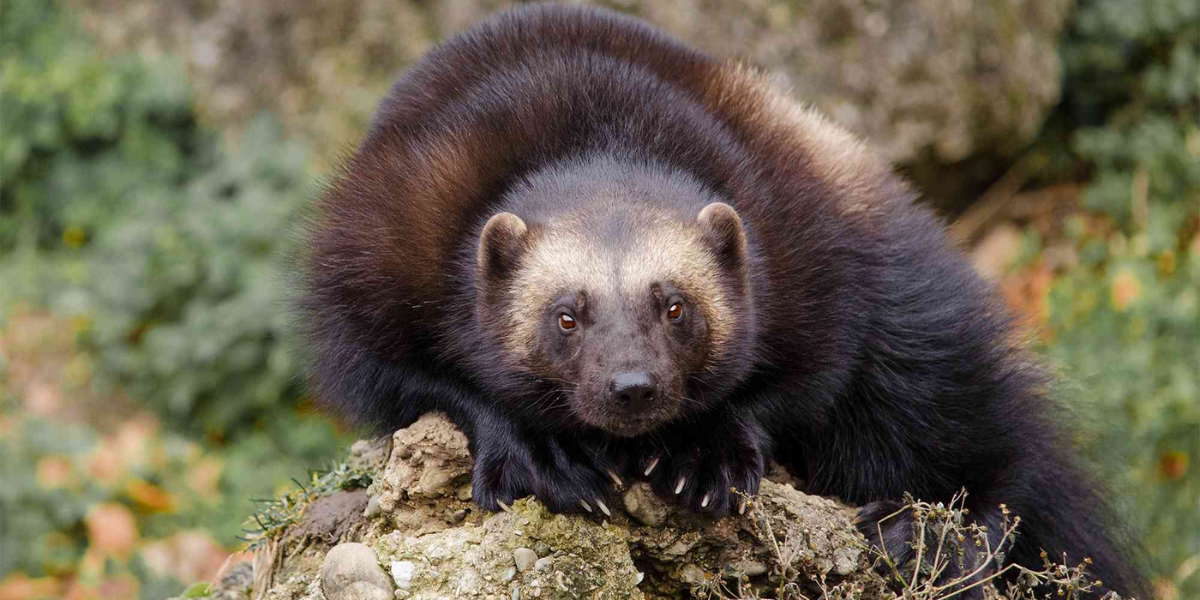
Spotting wolverines is most feasible during winter when their contrasting dark fur stands out against the snow. Despite their robust nature, wolverines are listed as “Least Concern” on the IUCN Red List. However, climate change and habitat fragmentation pose threats to their populations.
Sea Urchins (Echinoidea)
Sea urchins are interesting marine creatures belonging to the phylum Echinodermata. With over 950 known species, these echinoids inhabit oceans worldwide, from shallow coastal waters to profound abyssal depths.
They have spherical or flattened bodies covered in movable spines, sea urchins play a vital role in marine ecosystems. Typically, sea urchins graze on algae, using their specialized mouthparts located on the undersides of their bodies.
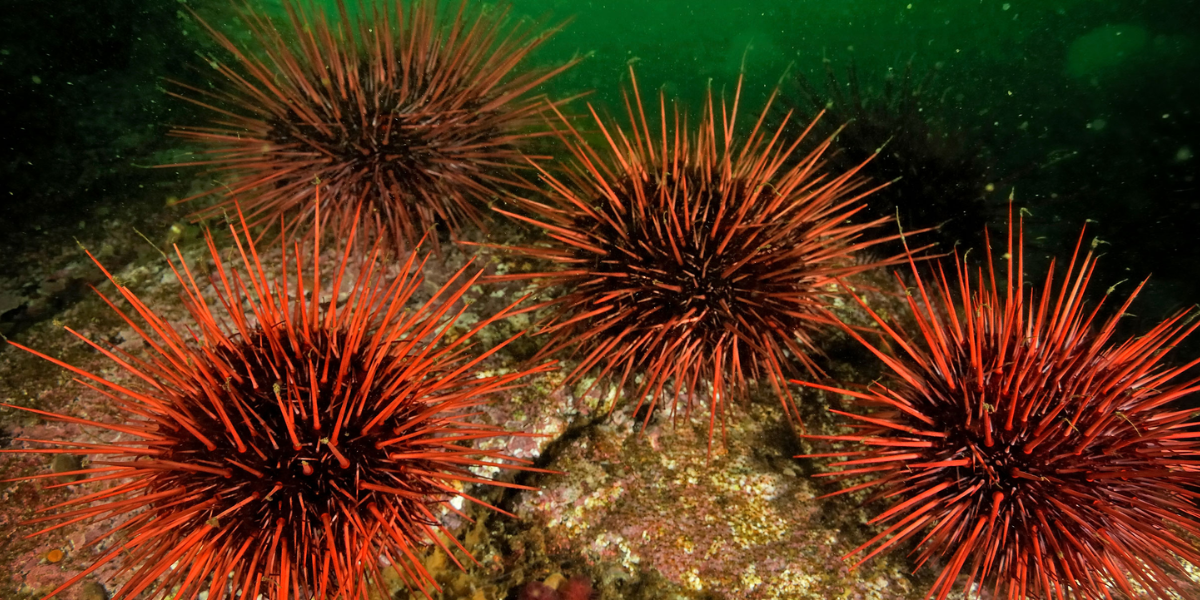
The intricate system of tube feet and spines aids in locomotion and food capture. Despite their seemingly rigid exoskeleton, sea urchins can surprisingly exhibit a wide range of colors.
The best season to observe sea urchins in their natural habitat varies, but they are often more visible during late spring and early summer.
On the IUCN red list of threatened species, the sea urchins are listed as “Near Threatened.” Certain species face threats due to climate change, pollution, and overharvesting.
Frequently Asked Questions about Interesting Animals in Yellowstone National Park
What is the rarest animal to see in Yellowstone?
The wolverine is the rarest animal in Yellowstone.
What animals can be found at Yellowstone?
Bison, pronghorn sheep, moose, elk, grizzly bears, and coyote are some interesting animals at the Yellowstone national park.
Where is the best place to see animals in Yellowstone?
Lamar Valley & The Northern Range is the best place to see animals in Yellowstone.
Are there gorillas in Yellowstone?
Yes, there are Gorillas in Yellowstone.


